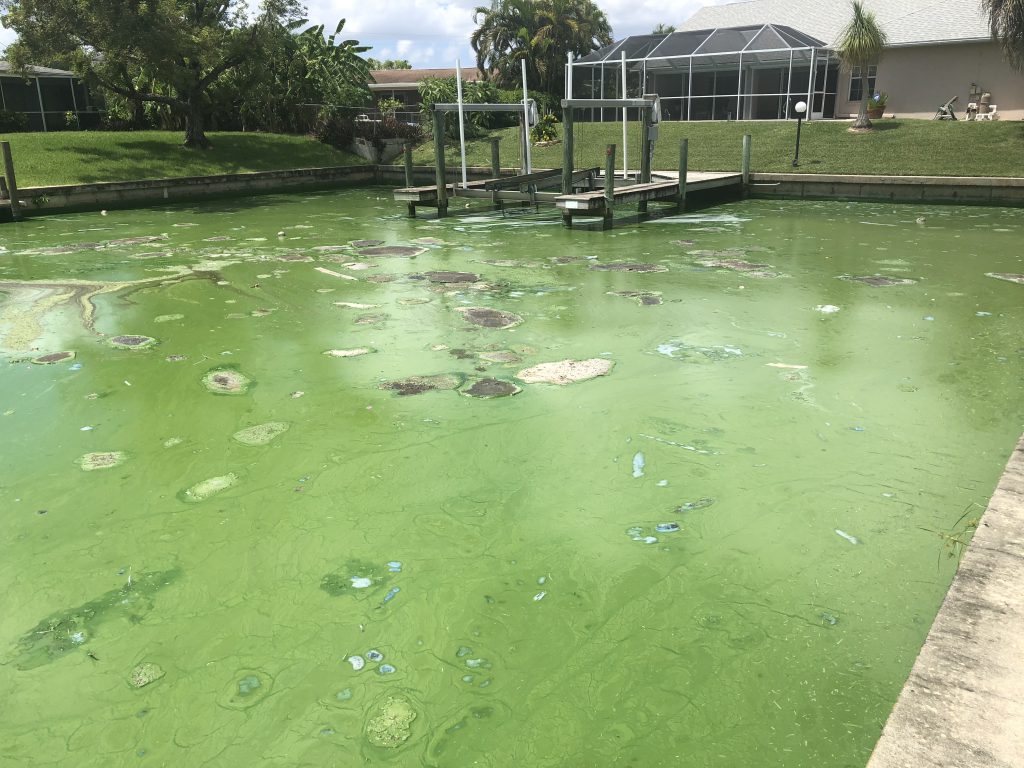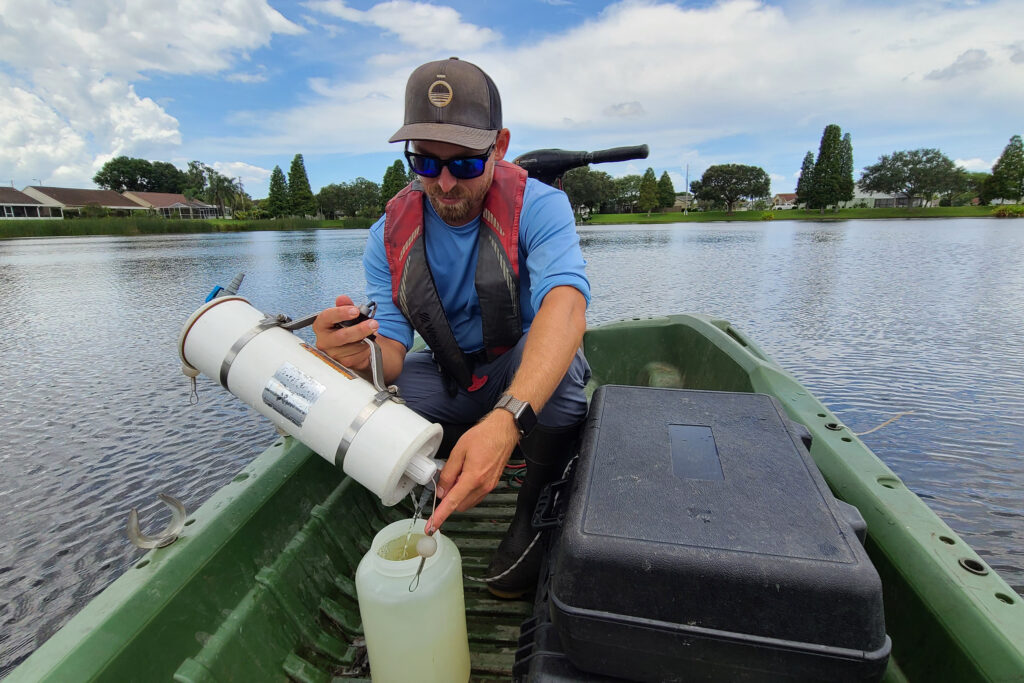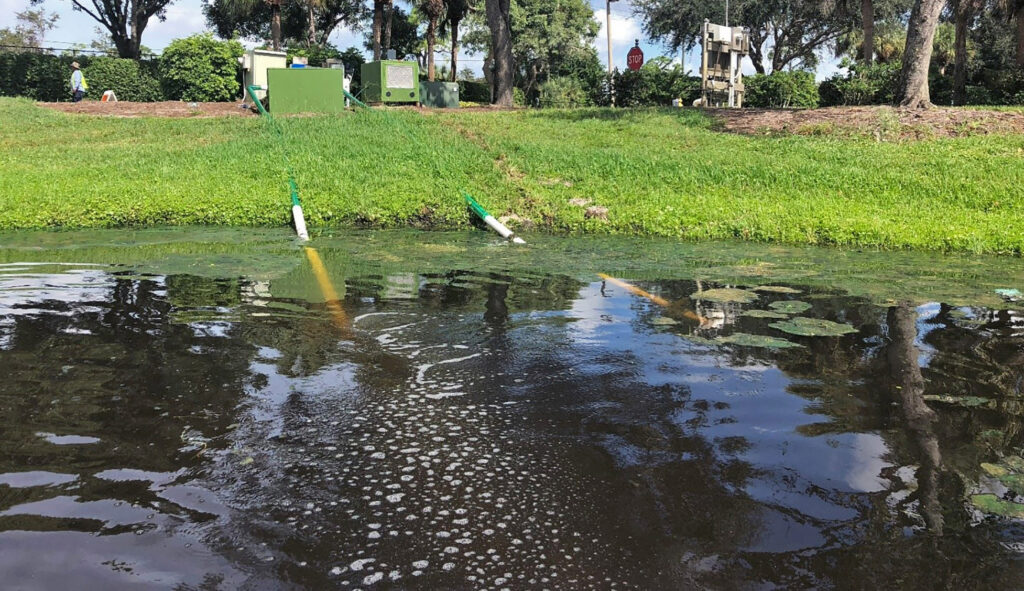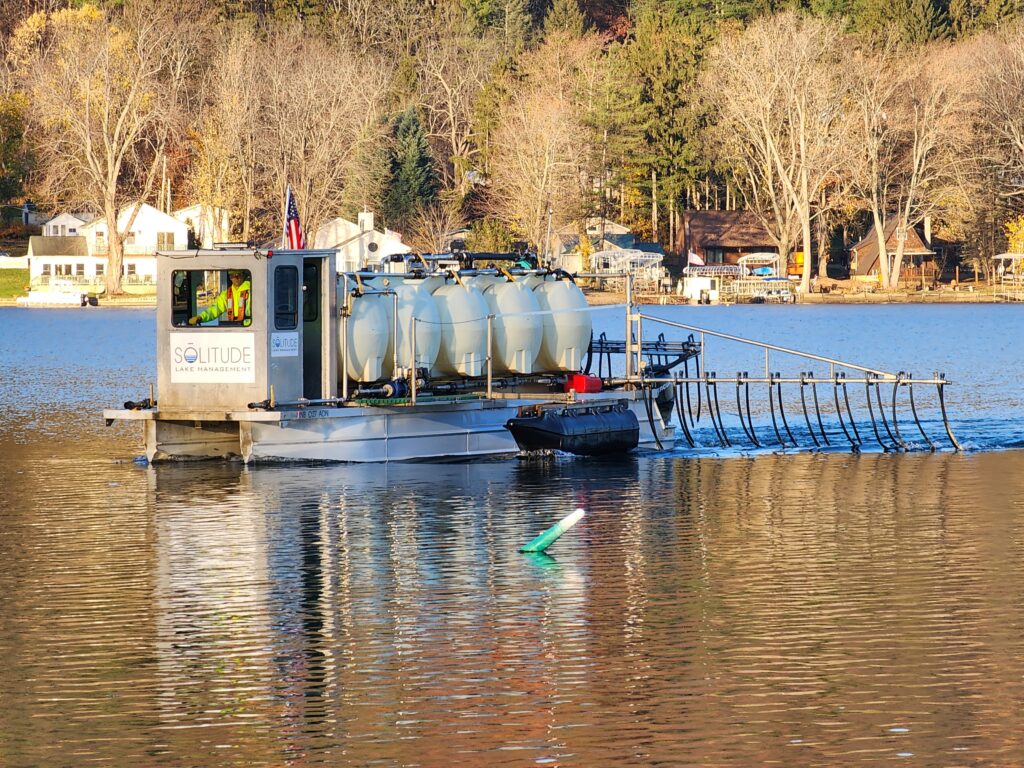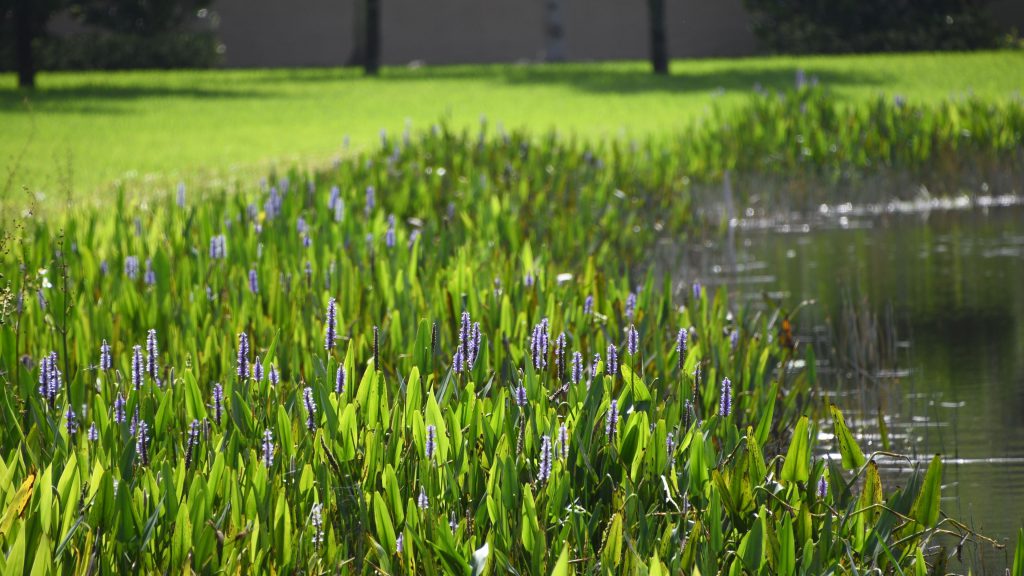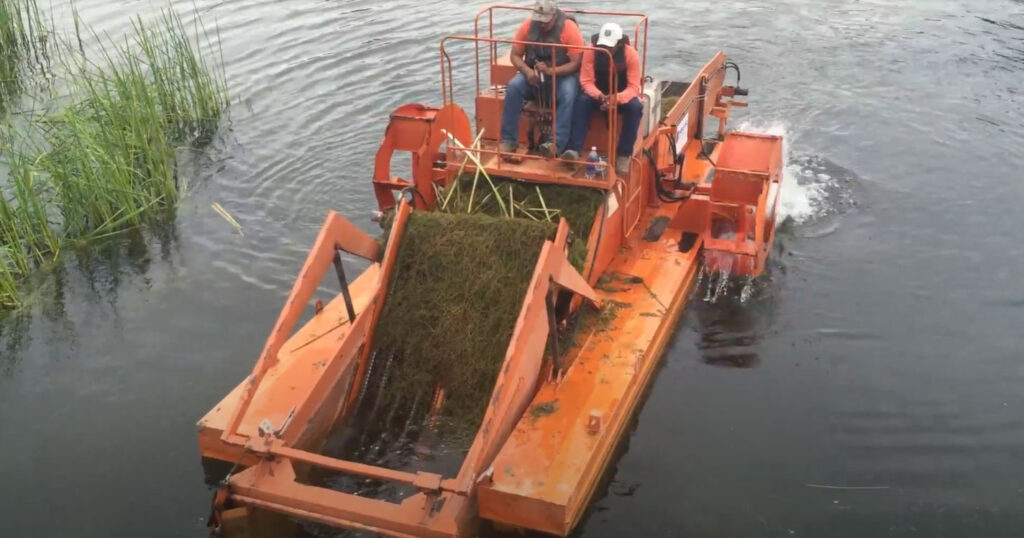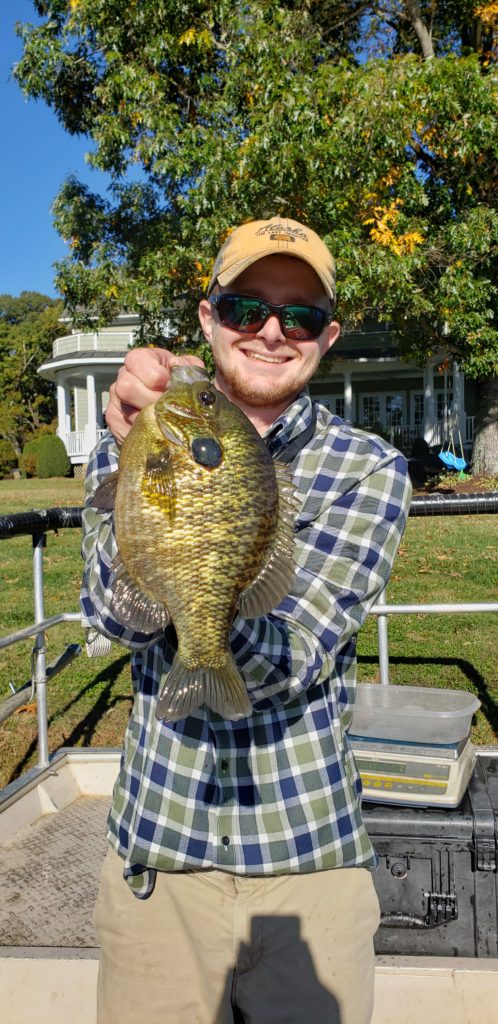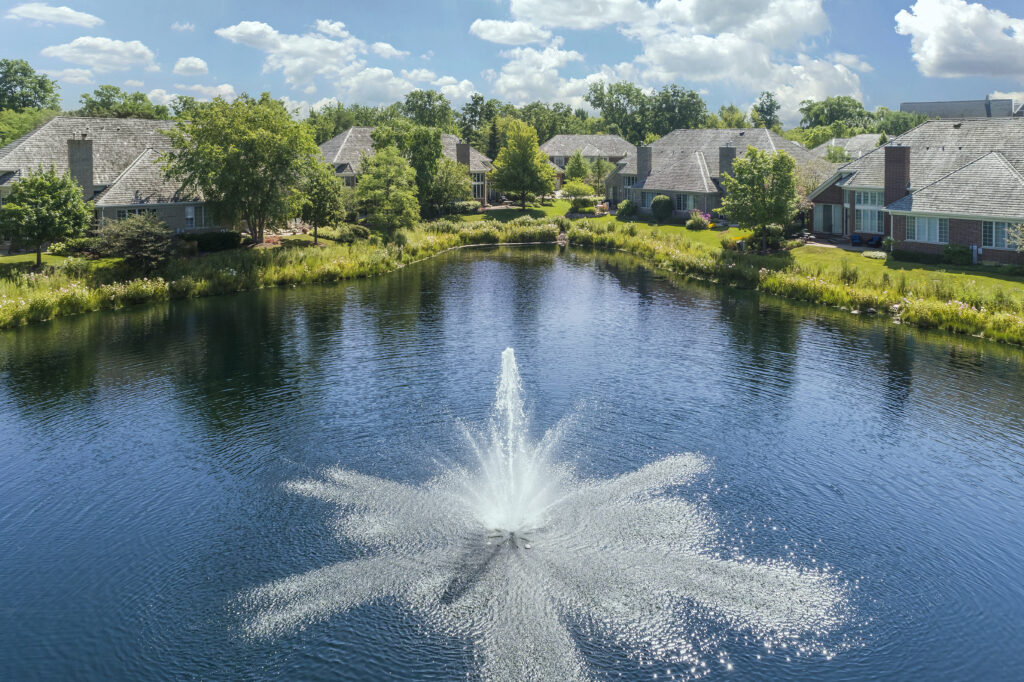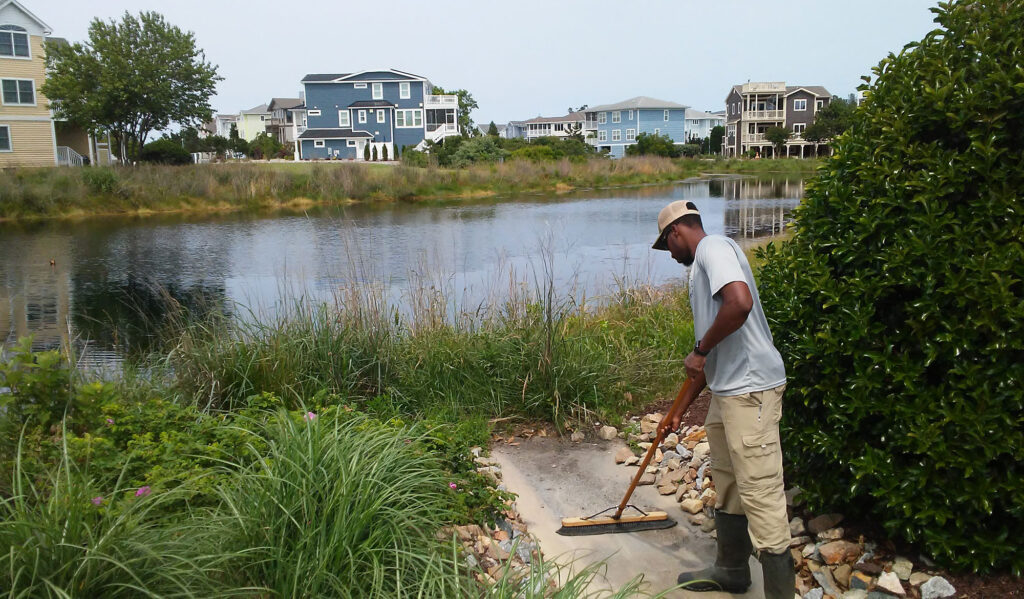
10 Tips to Protect Your Water Resources and Community This Summer
Summer means longer, sunnier days filled with fishing, boating and other outdoor activities. But as the warm weather arrives, it can create conditions that may be dangerous for the health and well-being of your family and the environment. Implementing the following proactive and sustainable strategies—or working with your homeowners association, parks service or municipality to do so—can help prevent harmful algal blooms, nuisance mosquitoes and the spread of dangerous invasive plants throughout the summer.
Prevent Harmful Algal Blooms (HABs)
HABs (blue-green algae) can occur in the water naturally, but have been a problem for decades due to the negative environmental impacts associated with mass urban development and pollution. In addition to interfering with recreation and threatening agriculture and drinking water resources, scientific studies support evidence that exposure to cyanotoxins may lead to the development of neurodegenerative diseases such as ALS, Alzheimer’s and Parkinson’s disease.
1. Correctly identify HABs
HABs often manifest in parallel streaks or clumped dots. They can also look like spilled blue, green or white paint or turn the water a bright “pea soup” green. If you suspect a harmful bloom, professional laboratory testing is necessary to confirm. Contact your lake management professional immediately.
Eradicate Invasive Plant Species
Invasive plants diminish the biological diversity of native plant life and destroy native habitats that insects, birds and mammals rely on for food and refuge. They can also interfere with recreation by clogging boat motors, tangling fishing lines and creating hazards that could drown swimmers. Without proper management, invasive species can cost municipalities, homeowners associations and taxpayers billions of dollars each year to effectively eradicate.
5. Reduce stormwater runoff
Excess nutrients like Phosphorous and Nitrogen help fuel algae and invasive species growth. Prevent undesirable nutrients, from fertilizer and pet waste, from entering your waterbody by planting a beneficial vegetative buffer comprised of native grasses and flowering plants. Allow it to grow 3-5 ft from the shoreline.
Thwart Mosquitoes & Midges
Mosquitoes pose a significant risk to public health as they carry many debilitating and deadly diseases, such as Zika and West Nile Virus. Though mosquitoes often lay eggs in lakes and ponds, they can reproduce in very small bodies of water, including those that form in potholes, clogged gutters and even trash. Midges, the “cousin” of mosquitoes, don’t suck blood or transmit diseases, but they can be quite the nuisance by swarming lights and building exteriors. When large numbers die, they smell of dead fish.
9. Circulate the waterbody
Mosquitoes and midges lay eggs in stagnant water. A floating fountain or submersed diffused aeration system can help create turbulent water conditions that deter them and raise dissolved oxygen levels that help oxidize nutrients – a primary food source of filter-feeding larvae. Adding a flowering vegetative buffer around the waterbody can help attract dragonflies that consume mosquito larvae.
Maintain Beautiful, Healthy Water with Proactive Strategies
When a waterbody is poorly managed or neglected, even for just a short period of time, the problems can be difficult to reverse. Proactive sustainable management is the key to maintaining balanced lakes, ponds, and waterways that can be enjoyed and appreciated. Proactive programs are conducted on an annual basis. This means that your waterbody is regularly monitored and cultivated with beneficial solutions to impede problems before they even occur.
How to Achieve Algae-Free Water
SOLitude Lake Management is a nationwide environmental firm committed to providing sustainable solutions that improve water quality, enhance beauty and preserve natural resources.
SOLitude’s team of aquatic scientists specializes in the development and execution of customized lake, stormwater pond, wetland and fisheries management programs. Services include water quality testing and restoration, algae and aquatic weed control, installation and maintenance of fountains and aeration systems, shoreline erosion control, muck and sediment removal and invasive species management. SOLitude partners with homeowners associations, golf courses, private landowners, businesses and municipalities. SOLitude Lake Management is part of Rentokil, a leading business services company, operating across the United States, Canada and Puerto Rico.
For more information, visit SOLitude Lake Management at solitudelakemanagement.com, and connect on Facebook, LinkedIn and Twitter.








